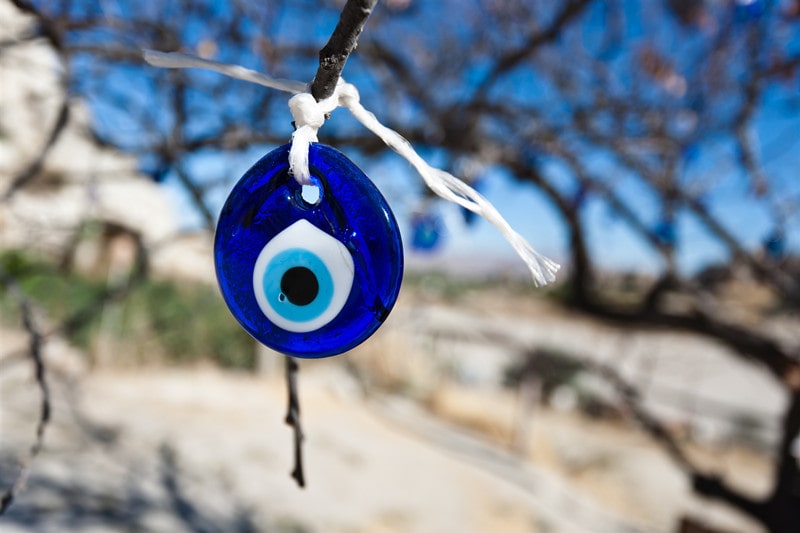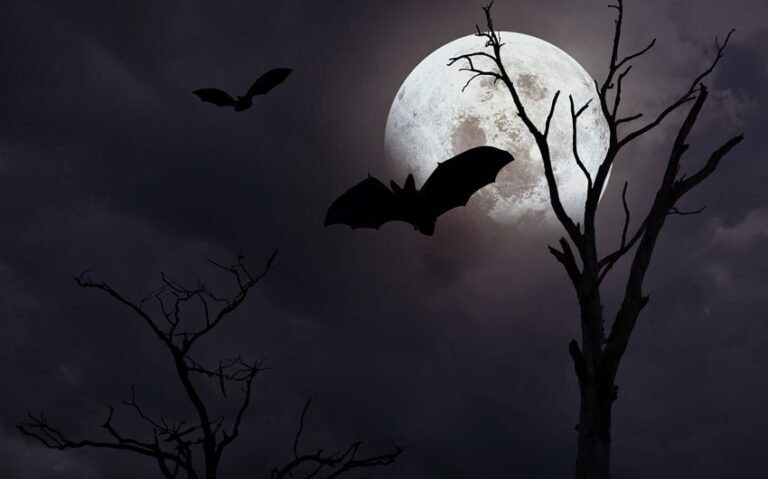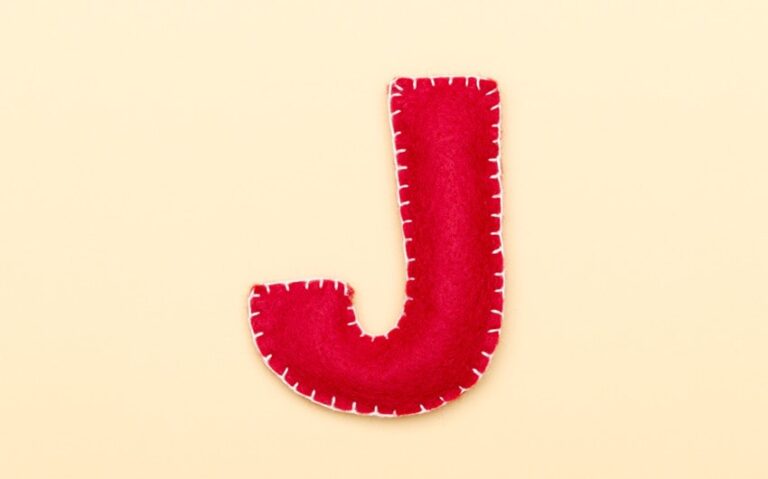Is the Evil Eye Good or Bad? A Cultural Exploration
When you hear about the evil eye, the immediate question that pops up is: Is it good or bad? The answer isn’t straightforward.
Traditionally viewed as a curse, the evil eye is believed to inflict harm or bad luck through a malevolent glare, often motivated by envy. Yet, the symbols and amulets created to protect against the evil eye are seen as beneficial, turning a feared curse into a force for good. As we delve deeper into this ancient belief, we explore its multifaceted roles across various cultures and its modern interpretations in fashion and society.
Global Perspectives on the Evil Eye
The evil eye holds a significant place in the folklore of many cultures, each offering unique interpretations and protective measures:
- Turkey and Greece: Here, the evil eye, or “nazar,” is commonly represented by a blue glass bead with circular designs that mimic an eye, believed to reflect harm back to the gazer. The use of the color blue, evoking the clear sky, symbolizes protection and is thought to ward off the negative energies associated with the evil eye.
- Italy: Known as “malocchio,” the evil eye in Italy is countered by the “cornicello,” a horn-shaped amulet made of gold, silver, or coral. This charm is worn or displayed to fend off not just the evil eye but general misfortune as well, symbolizing strength and protection.
- Middle East: The evil eye, or “ayn al-hasud” in Arabic cultures, is often neutralized with the “Hamsa” or “Hand of Fatima,” which features a hand with an eye in its center. This amulet is a powerful symbol used to reflect the evil gaze back to the sender and is believed to bring blessings, power, and protection.
- India: In Indian culture, where the evil eye is known as “nazar,” it is a significant concern, particularly for children. Protection is commonly provided by black marks or the hanging of lemons and chillies, which are not only protective but also serve to repel any evil spirits that might bring harm.
- Latin America: In regions like Mexico, the evil eye or “mal de ojo” is often thought to be cast unintentionally, especially on children who are overly admired. Parents often adorn their children with red or coral bracelets as a form of protection to counteract the curse.
These rich cultural practices illustrate the complex nature of the evil eye: a curse that has fostered a myriad of protective and beautiful cultural expressions, providing not only a safeguard but also a source of psychological comfort to those who believe.
The Evil Eye in Fashion and Jewelry
From Istanbul’s Grand Bazaar to the runways of Milan, the evil eye has become a significant symbol in global fashion. It appears in jewelry, clothing, and accessories, serving as both a cultural emblem and a stylish element. Designers like Tory Burch and Versace have incorporated the evil eye into their collections, reflecting its appeal as a protective talisman and a fashionable motif.
This trend raises questions about cultural appropriation versus appreciation. While some consumers wear evil eye symbols to connect with their cultural heritage or for their protective properties, others are drawn to them purely for their aesthetic appeal. The fashion industry’s adoption of the evil eye symbol showcases its ability to transcend cultural boundaries, yet it also challenges us to consider the depth of meaning behind our stylistic choices.
Potential Impacts of Believing in or Wearing the Evil Eye
The belief in the evil eye can significantly affect one’s psychological state and social interactions. For believers, wearing evil eye amulets brings peace of mind and a sense of security. These amulets are thought to guard not just against malevolent glares but general negativity, enhancing the wearer’s confidence and ability to navigate daily challenges.
In communities where the evil eye is a serious concern, shared protective practices can strengthen social bonds and foster a collective sense of security. Conversely, the fear of the evil eye can lead to behaviors aimed at minimizing jealousy, such as people downplaying their successes or avoiding flaunting their happiness.
Moreover, attributing misfortune to the evil eye provides a tangible explanation for the inexplicable, offering individuals and communities a way to cope with random misfortunes. This cultural mechanism serves as a scapegoat, helping to maintain a sense of order and control in a chaotic world.







